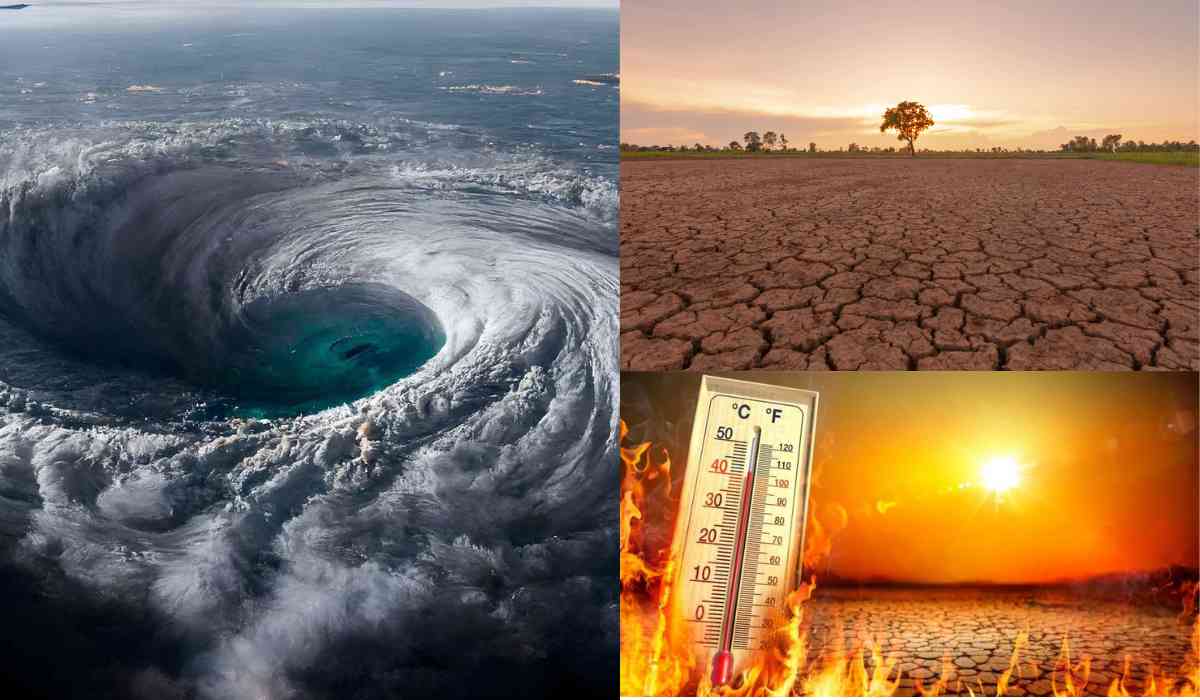The recent Cyclone Remal, which wreaked havoc in West Bengal and Bangladesh, serves as a stark reminder of the profound impact weather phenomena can have on human life and infrastructure. The cyclone, which killed at least nine people and led to the evacuation of over a million residents, highlighted the volatile nature of weather patterns influenced by larger climatic forces. As Remal made landfall with wind speeds up to 135 km/h, the northern parts of India sweltered under an extreme heatwave, with Barmer in Rajasthan recording a scorching 48.8 degrees Celsius. These contrasting weather events are tied to a common culprit: El Niño, a climate phenomenon that controls weather patterns over vast portions of the globe.
What is El Niño?
El Niño is a climate pattern characterized by the unusual warming of surface waters in the eastern tropical Pacific Ocean. It represents the "warm phase" of the El Niño-Southern Oscillation (ENSO), with La Niña being the "cool phase." ENSO encompasses both the oceanic and atmospheric components, with El Niño and La Niña referring to ocean temperature changes and the Southern Oscillation referring to atmospheric pressure changes.
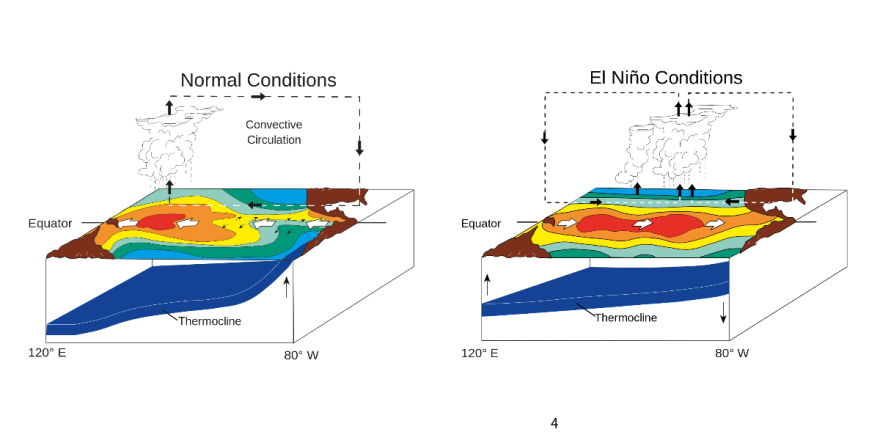
The impact of El Niño is far-reaching, affecting ocean temperatures, ocean currents, coastal fisheries, and local weather patterns from Australia to South America and beyond. El Niño events occur irregularly, typically every two to seven years, and their intensity can vary significantly, making them unpredictable compared to more regular phenomena like ocean tides.
The term "El Niño" was coined by Peruvian fishers who noticed the appearance of unusually warm water around Christmas, hence naming it "El Niño" or "the Christ Child." Over time, this term has come to describe broader and more intense climate changes beyond just the warming of coastal waters.
The Mechanisms Behind El Niño
- Upwelling
To understand El Niño, it is crucial to first comprehend the normal conditions in the Pacific Ocean. Typically, strong trade winds blow westward across the tropical Pacific, pushing warm surface water towards Asia and Australia. This movement raises the sea surface by about 0.5 meters (1.5 feet) and increases temperatures by approximately 7.2°C (12.96°F) in Indonesia compared to Ecuador.
This westward flow of warm water causes cooler, nutrient-rich waters to rise along the coasts of Ecuador, Peru, and Chile in a process called upwelling. Upwelling supports a diverse and productive marine ecosystem, crucial for fisheries that include anchovy, sardine, mackerel, shrimp, tuna, and hake. It also influences global climate by promoting rainfall around Indonesia and New Guinea, while the eastern Pacific remains relatively dry.
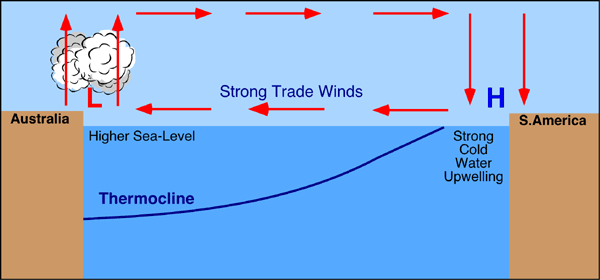
- El Niño Events
During an El Niño event, the trade winds weaken, allowing warm surface water to move eastward towards South America. This shift causes the thermocline (the boundary between warm surface water and cooler deep water) to deepen, sometimes up to 152 meters (500 feet). This deepening prevents the usual upwelling, leading to a decline in nutrient-rich waters and impacting marine life and fisheries significantly.
El Niño's influence extends to climate changes worldwide. Increased convection above warmer waters results in drastic rainfall in Ecuador and northern Peru, causing floods and erosion that damage infrastructure and crops. Conversely, regions like Indonesia and Australia experience droughts, threatening water supplies and agriculture. Severe El Niño events also disrupt global atmospheric circulation, leading to unusual weather patterns such as colder winters in North and South America.
The Local Effects of El Niño
- Northern India Heatwaves

The extreme heatwave in northern India, with Barmer recording temperatures as high as 48.8 degrees Celsius, exemplifies the local impacts of El Niño. During El Niño years, the disruption of atmospheric circulation patterns can result in prolonged periods of dry and hot conditions. This not only strains water resources but also affects agriculture and human health, leading to heat-related illnesses and increased mortality rates.
- Cyclone Remal in West Bengal and Bangladesh
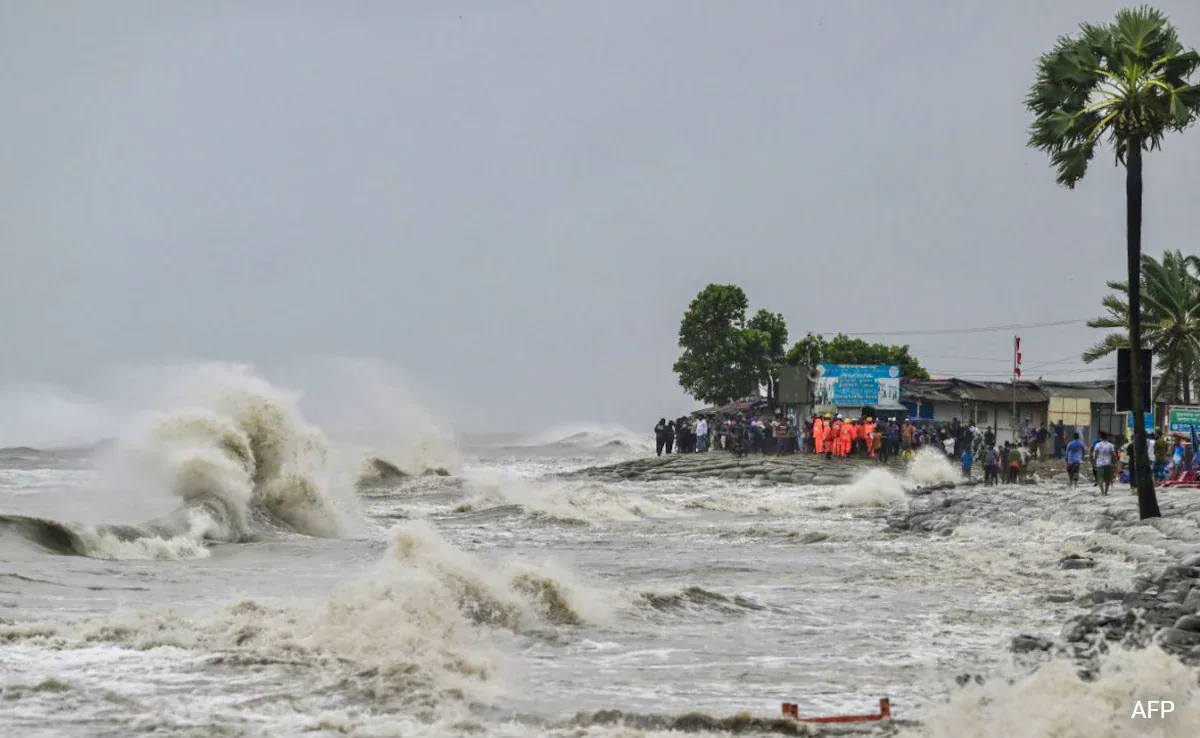
Cyclone Remal, which battered Bangladesh and parts of West Bengal, is another manifestation of El Niño’s influence. During El Niño events, the altered atmospheric conditions can lead to increased cyclonic activity in the Bay of Bengal. The combination of high sea surface temperatures and changing wind patterns contributes to the formation and intensification of cyclones. Remal’s impact, including heavy rains, flooding, and strong winds, underscores the vulnerability of coastal regions to such climatic disruptions.
"Flavors" of El Niño
El Niño events can vary, leading to different impacts globally. One variation is the "Trans Niño," which occurs during the transition periods at the beginning and end of an El Niño event, often increasing tornado activity in the American Midwest.
Another variation is the "El Niño Modoki," characterized by changes in sea-surface temperatures in the central Pacific rather than the eastern Pacific. This variant can lead to different impacts, such as increased hurricane activity in the Atlantic and Gulf of Mexico. However, the scientific community continues to debate the distinctiveness of El Niño Modoki, calling for more research and climate models to understand this phenomenon fully.
Monitoring El Niño
Monitoring and predicting El Niño involve advanced technologies and global collaboration. The National Oceanic and Atmospheric Administration (NOAA) operates a network of scientific buoys across the southern Pacific Ocean, from the Galapagos Islands to Australia. These buoys measure ocean and air temperatures, currents, winds, and humidity, transmitting data daily to researchers and forecasters worldwide.
This data, combined with satellite imagery, allows scientists to predict El Niño events more accurately and visualize their development and global impact. The Oceanic Niño Index (ONI) is a crucial tool in this process, measuring deviations from normal sea-surface temperatures to identify El Niño events, defined by increases of more than 0.9°F for at least five successive three-month seasons.
The Global Impact of El Niño
El Niño's influence on global weather patterns and climate is profound, affecting various regions differently. For instance, while South America may experience increased rainfall and flooding, Southeast Asia and Australia often face severe droughts. These climatic shifts can lead to devastating natural disasters, economic losses, and social disruptions.
- Impact on Marine Ecosystems
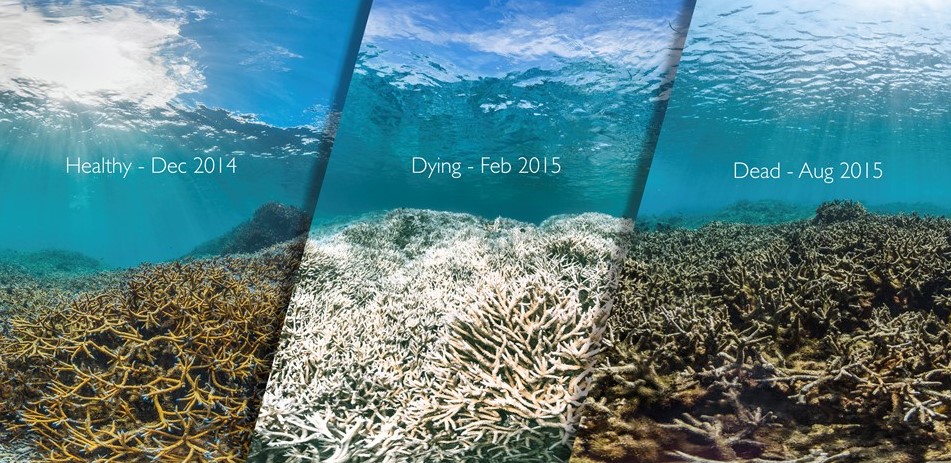
El Niño significantly impacts marine ecosystems, particularly through the disruption of upwelling. This disruption affects the entire food chain, from phytoplankton to top predators like fish and marine mammals. Coastal fisheries, which are vital to the economies of countries like Peru, Ecuador, and Chile, suffer dramatic declines during El Niño events, leading to economic hardship for communities dependent on fishing.
- Climatic and Environmental Impact
El Niño's impact on global atmospheric circulation can lead to extreme weather conditions far beyond the Pacific Rim. For example, the severe winter weather experienced in North America during strong El Niño events contrasts sharply with the drought conditions in the Pacific and Indian Ocean regions. These disruptions also extend to sub-Saharan Africa, where increased rainfall can occur during the rainy season.
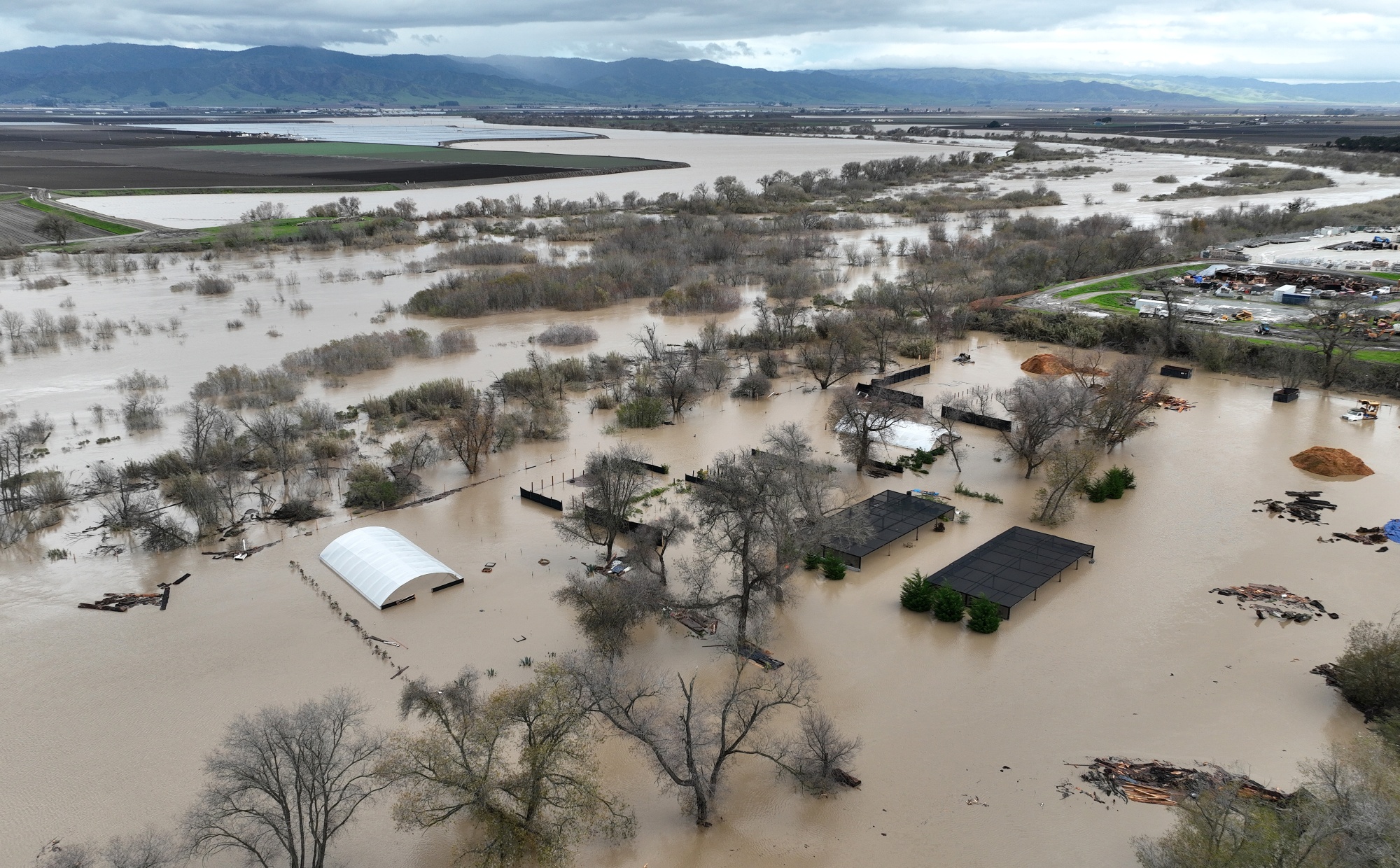
The health impacts of El Niño are also significant. Flooding and drought can lead to the spread of diseases such as cholera, dengue, and malaria. Droughts can exacerbate respiratory problems due to wildfires, while flooding can create breeding grounds for disease-carrying insects.
- Economic and Social Impact
The economic impact of El Niño is extensive. Agricultural losses due to droughts or floods can lead to food shortages and increased prices, affecting food security globally. Infrastructure damage from extreme weather events requires significant financial resources for rebuilding and recovery. Additionally, the displacement of communities due to natural disasters poses social challenges, including the need for emergency housing, healthcare, and support services.

El Niño is a complex and powerful climate phenomenon with far-reaching effects on global weather patterns. The recent extreme heatwave in northern India and Cyclone Remal’s devastation in West Bengal and Bangladesh illustrate the profound impact El Niño can have on human life and infrastructure. As our ability to monitor and predict El Niño improves, so does our capacity to prepare for and mitigate its effects. Understanding El Niño is crucial for developing strategies to cope with climate variability and protect vulnerable communities worldwide.
Inputs by Agencies
(Image Source: Multiple Agencies)
Ⓒ Copyright 2024. All Rights Reserved Powered by Vygr Media.

